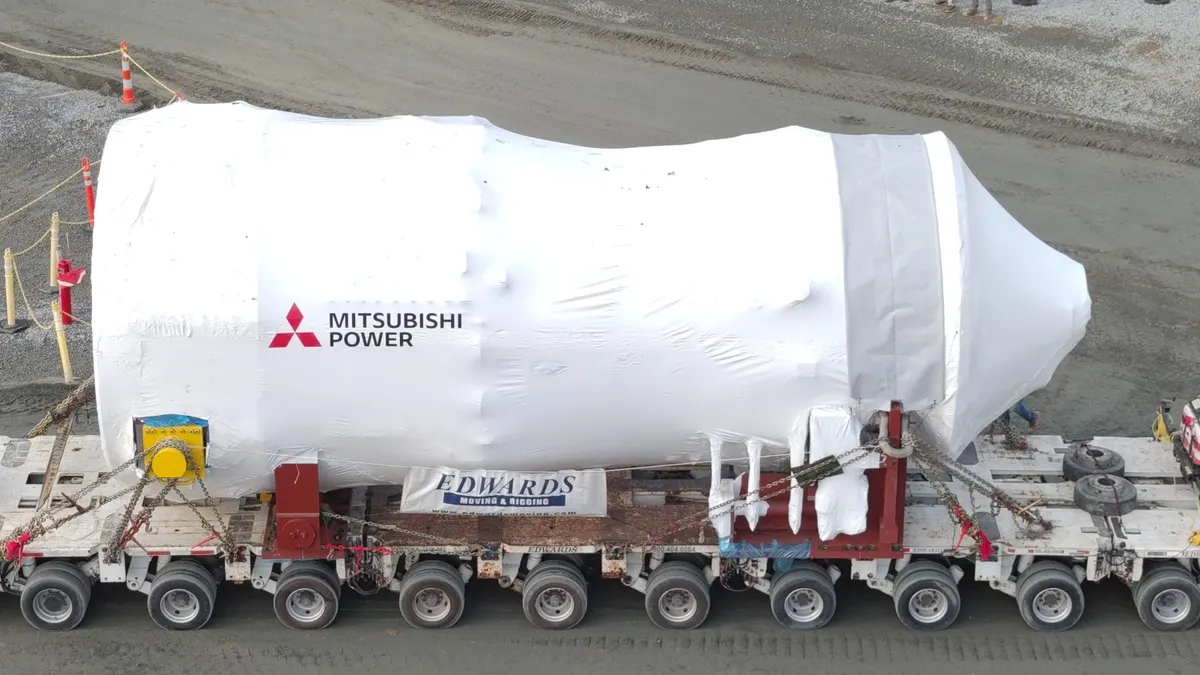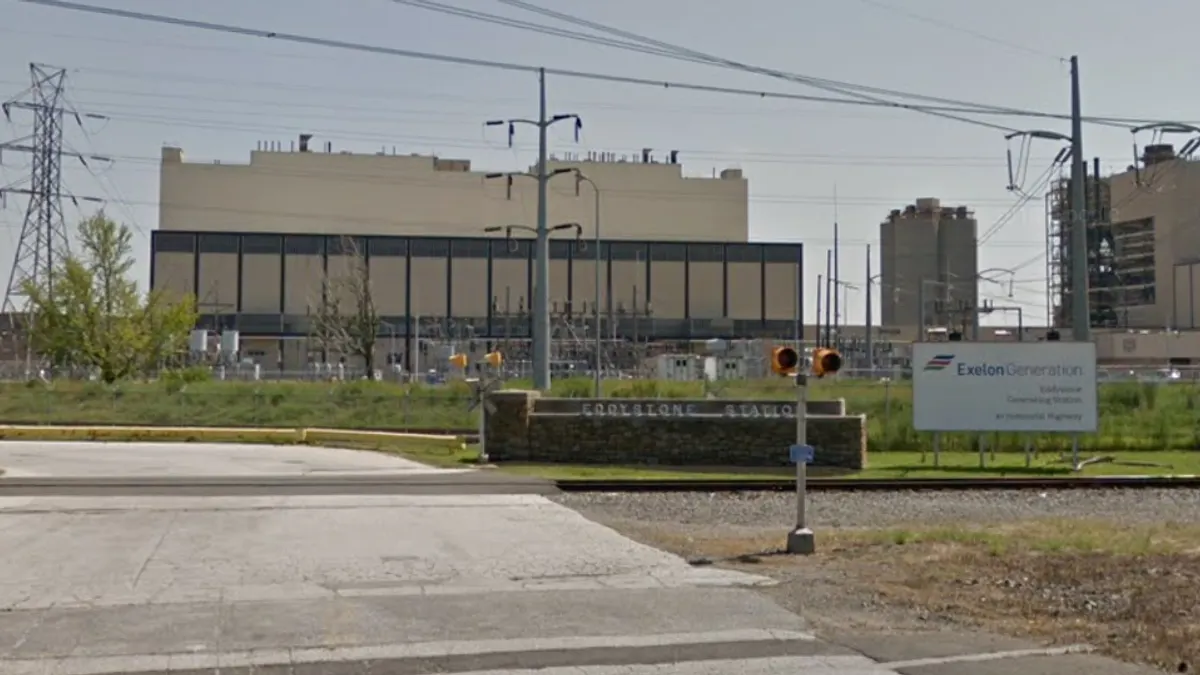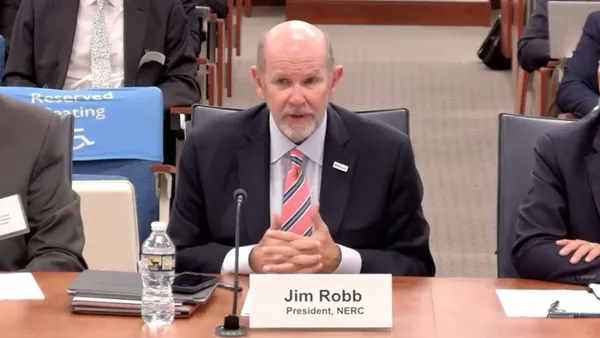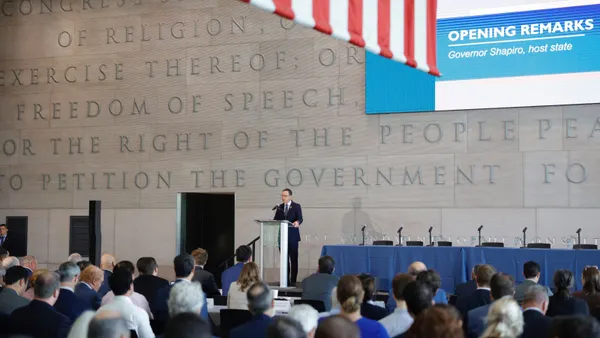Dive Brief:
- Minnesota Power has refiled a proposal to offer lower rates to struggling industrial customers in certain sectors, but has reduced the impact on residential customers four months after regulators rejected the initial application.
- Under the new plan, which creates an Energy Intensive Trade Exposed (EITE) rate, eligible mining and paper companies would see a 5% reduction in power bills. According to the utility, those industries are "uniquely exposed to global competitive pressures."
- While the original request required residential customers to make up virtually all of the lost industrial revenue — potentially raising their rates almost 15% — the new proposal would reduce the impact to about 10%.
Dive Insight:
Minnesota Power continues to try and reduce rates for large industrial users, saying their loss could be devastating to the state's economy. The utility hopes the reduced rate impact on residential customers, along with other concessions, will be enough to win approval from regulators.
“Mining and paper companies face significant global competition and unpredictable swings in
their business cycles that are going to continue well into the future,” Minnesota Power Executive Vice President Dave McMillan said in a statement. “More competitive electricity prices will play a
significant role in encouraging their continued investment in northern Minnesota and help
protect thousands of jobs."
The utility filed its initial request in November 2015 and it was rejected without prejudice in February, opening the door for the amended proposal.
"I don't see the record established to show there is a net benefit for the utility or the state," Commissioner Dan Lipschultz said at the time.
Under the new proposal, business customers that do not qualify as EITE will see an average monthly increase of approximately 1.8% based on their energy usage, while residential customers will see an average increase of 10%, or approximately $8 a month.
Minnesota Power said the new plan addresses regulator concerns about residential rates, and caps the number of customers eligible for the EITE rate based on the rate increase on energy usage for all business customers. The new plan also includes expanding outreach efforts to low-income customers.
“Reducing electric energy costs is an important piece of a broader effort that will make these industries more competitive now and in the future,” McMillan said. “Along with other steps being taken by the companies, the state and federal government, and community leaders, we can help preserve jobs in northeastern Minnesota."














